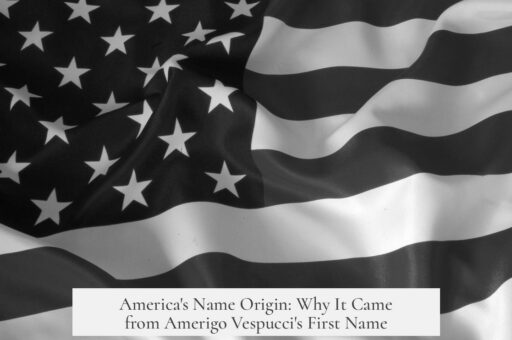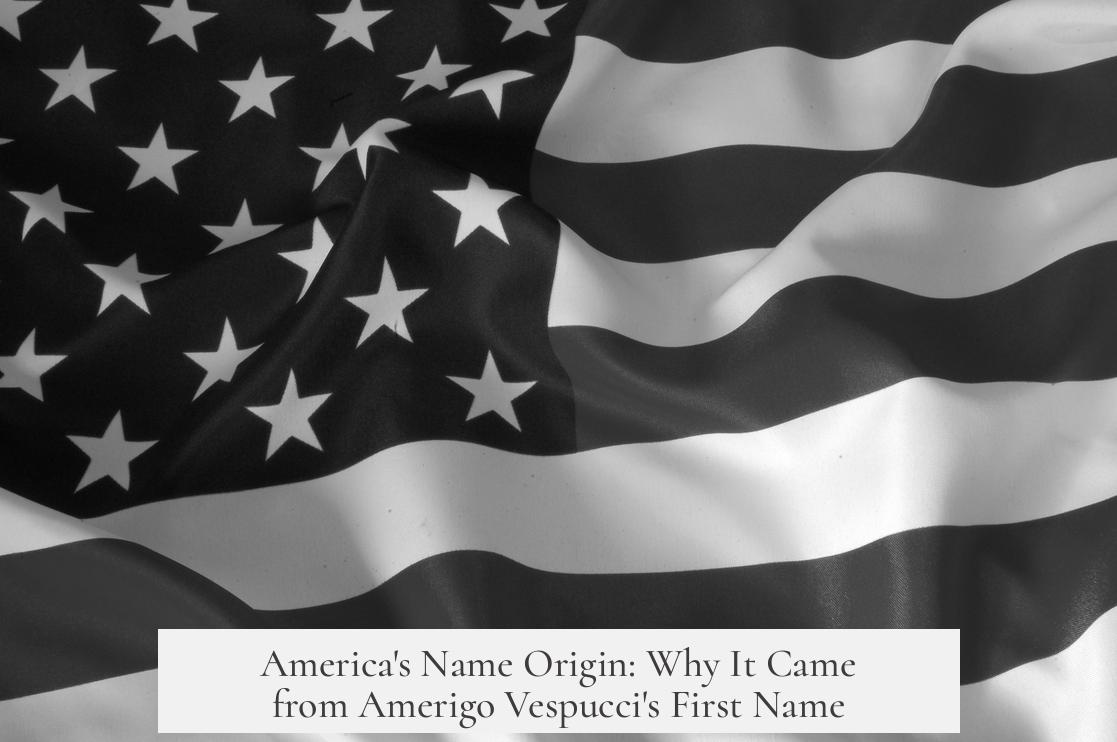America was named after Amerigo Vespucci’s first name rather than his last due to historical, linguistic, and cultural reasons tied to cartographer Martin Waldseemüller’s naming choice. Waldseemüller named the continents in a way that reflected the feminine Latin form of Amerigo’s first name, “America,” drawing inspiration from the way Europe was named after the mythological figure Europa. This parallel helped establish a naming convention that was both symbolic and practical.
The Latinization of “Amerigo” was simpler and sounded more natural compared to the last name “Vespucci,” which in Latin became “Vesputius.” A hypothetical name like “Vesputia” would have sounded awkward and lacked broad appeal. The name “America” was more universally acceptable among European nations, especially those speaking Romance languages or referring to Latin roots. This linguistic accessibility made “America” easier to adopt and spread.
Waldseemüller admired Vespucci for recognizing that the lands discovered were not the Indies. To honor him without direct confrontation or controversy, Waldseemüller chose the feminine form of Amerigo’s first name. Using the first name made the continents’ name feel approachable and avoided alienating explorers from other nations who might resist names based on unfamiliar or less adaptable surnames.
Humorous speculation supports this idea. Calling the continents “Vespuccia” might have sounded cumbersome or less impressive. The ease and elegance of “America” helped it gain traction as the preferred designation.
Alternative theories exist, such as naming America after Richard Amerike, a Bristol merchant, or a Nicaraguan mountain range. There is also mention of an ancient Greek term “Merica” for western lands, but these theories lack strong support compared to the Amerigo Vespucci origin.
History shows similar naming patterns, such as Virginia being named after Elizabeth I, using personal references tied to cultural contexts. This reinforces how naming places after a given name, especially in a Latinized and culturally resonant form, was a strategic choice.
| Reason | Description |
|---|---|
| Parallel with Europe | Named after a feminine first name, echoing Europa |
| Latinization Ease | “Amerigo” easily adapts to “America”; “Vespucci” is awkward |
| Waldseemüller’s Intent | Honor Amerigo subtly, avoiding controversy |
| Universal Appeal | Accessible across romance languages and beyond |
| Alternative Theories | Exist but are less credible or accepted |
- America’s name stems from Amerigo Vespucci’s first name for practical and symbolic reasons.
- Waldseemüller’s cartographic choice favored Latin and cultural parallels.
- Alternative theories exist but lack strong historical support.
- Naming often followed patterns linking to personal names in history.




